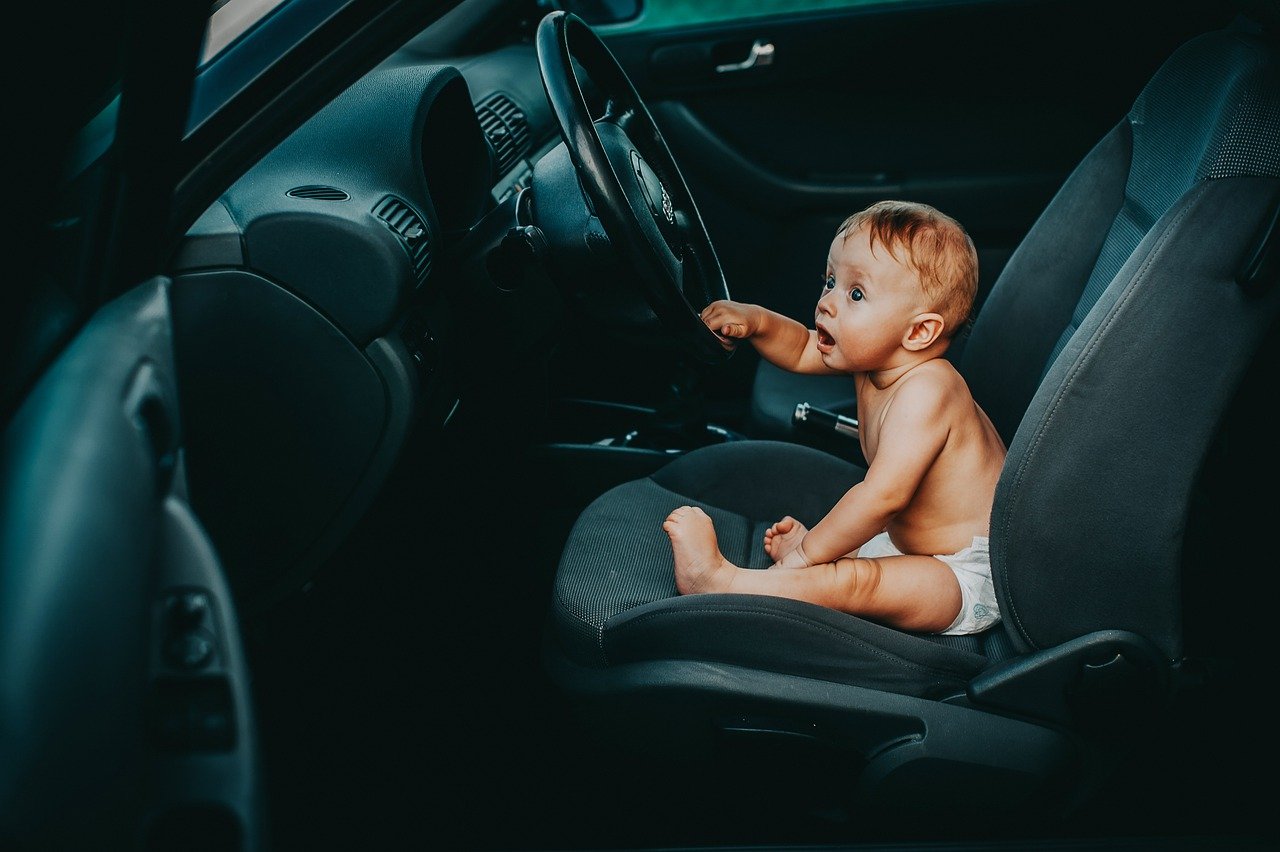
In 2019, California had a total of 3,316 fatal car crashes — the highest number in the U.S. 90 of the fatalities were children under age 15 (most of which were car seat age) — the 2nd highest total in the U.S. Moreover, 14% of the state’s car crash deaths occurred in the San Francisco Bay Area. We recently reached out to Rebecca Edwards, SafeWise’s lead safety reporter and expert, to get the best tips as well as the ins and outs on car seat safety.
1. Is there a safety checklist for car seats?
There are many car seat checklists available for parents. We recommend resources from NHTSA (National Highway Traffic Safety Administration) and this checklist from Safekids.org is another helpful tool to make sure you buckle up those kiddos correctly.
2. Should we always have a CPST check every installation of car seats?
It can seem like overkill, but getting that extra check by a CPST (child passenger safety technician) is a small thing that can make a big difference when it comes to a serious injury (or worse) if you do end up in a crash with your child in the car. We recommend getting a check with each new car seat or vehicle—different seats fit differently in different types of cars and it’s totally worth the effort to know your little one is as safe as possible.
3. What is the pinch test? Is it effective?
The pinch test is how you can tell if the car seat harness is tight enough to prevent ejection during a crash. Kind of like “pinching an inch” to get an idea about your body mass index, all you need to do is try to pinch the strap of the harness between your thumb and forefinger. If there’s enough strap for you to grab any of the material, the harness isn’t tight enough. It should be impossible for you to grab a section of fabric on the harness. If it fits snugly, your fingers should slide over the strap and come up empty. The pinch test is simple and definitely effective to let you know if you need to tighten the harness or not.
4. Where should the chest clip be?
You want the chest clip to rest between the underarms of your child or baby. Lining up with the armpits ensures the proper placement of the straps over your child’s shoulders.
5. How much safer is a backward-facing car seat?
Research has found that a rear-facing car seat can reduce serious injury and death by around 75% for children under two years old. The main reason is that the impact of a crash will be spread out more evenly across the back of the car seat and the child—instead of having the more exposed chest and head receive the majority of the force.
6. Which spot(s) in the car is the best/safest for car seats?
The safest place for a car seat is always in the back of the car. Never put a car seat in a spot with an airbag, especially a rear-facing car seat. It’s also good to put the car seat in the middle of the back seat if you can. This way the baby will be more protected in the event of a side impact to the car.
7. Should we take off all sweaters and coats before putting babies and kids into their car seats?
Yes. This is another one of those things that isn’t convenient, but is so important to keep your child safe. Bulky clothing, like sweaters and coats, make it hard to properly tighten the car seat harness. If the restraints aren’t secured as tightly as they need to be, you run the risk of your child being thrown from the seat if you end up in a crash.
8. Can my child be “too tall” to rear-face under the weight limit?
Possibly. The reason car seats have height and weight limits is to ensure a proper fit of all restraints. As your child grows, the shoulder straps will eventually no longer lay properly. It’s common for children to reach a car seat’s height limit before they reach the weight limit. If your child isn’t uncomfortable and all the straps still fit snugly over the chest and shoulders the way they’re supposed to, I wouldn’t rush to leave the rear-facing car seat behind. But if your child has met the maximum height limit and they’re fidgeting or fighting with the rear-facing seat because they are too tall for it, it’s okay to move up to a larger front-facing car seat (as long as you’re also in compliance with local laws about car seats). If you’re unsure, check with your car seat manufacturer or get a CPST check and find out the expert’s opinion.
9. When my child sleeps in the car seat, their head falls forward past the chest clip. Is this a safety concern?
It might be, depending on the age of your child. With newborns and infants you usually see the head lean forward if the seat is at the wrong angle. In this case, you want to adjust the seat to make sure the angle of their head won’t block their airway. Another time to worry about your child’s head slumping forward is if they have a condition that makes it hard for them to lift and control the position of their head. Other than those situations, though, it’s generally not anything to worry about.
10. Can we use stroller fans to keep my child cool in the car seat?
Using a clip-on fan for the car seat seems like a simple solution, but it can add extra danger if you get into a crash. The fan could cause injury to your child in the event of an impact. There are some better solutions out there to keep baby cool, including a sunshade on the window or a “hooded” one that wraps around the car seat to block hot rays. There are also some soft tube or duct-like creations out there that basically channel the air from your air conditioner vent and deliver it to the back seat where your child is sitting.
11. We got into a minor accident (e.g. fender bender), do we need to replace the car seat?
NHTSA recommends replacing a car seat after a moderate or severe crash, but if it was a minor crash you may not have to—especially if the car seat didn’t move or “react” in any way due to the impact. After any crash, have your car seat inspected and make sure it still fits properly in the car. If anything seems off or different, it’s probably safer to replace it than take the risk.
12. Anything we need to be mindful of when we transition our child from backward-facing to forward-facing?
When it comes to safety, the biggest thing to consider when making the change from a rear- to a forward-facing car seat is supporting your child’s neck and head. This is the most vulnerable part of their body if you end up in a crash. Make sure that the shoulder straps are snug to help hold the body and head back during impact, and your child’s neck and head should be able to rest within the back shell of the car seat. Adding neck pillows and other extra supports isn’t recommended as it can interfere with the proper fit of the restraints and actually make it more likely for whiplash to happen during a crash. And, when it comes to comfort, make sure there’s a comfy way for your child to rest or position their legs, especially during long car rides.
13. How can we tell if our child is ready to transition out of the booster seat?
Usually, you can move your child out of a booster when they can fit properly into an adult seat belt in your vehicle. To tell if the seat belt fits correctly, look for these things:
- Can they sit with their back resting against the seat of the car?
- Do their knees reach the end of the seat and bend naturally over the edge of the seat—with their back still resting against the back of the seat?
- Is the lap belt fitting snugly across their lap/thighs and NOT across their stomach?
- Does the shoulder strap rest across the middle of their shoulder and the center of the chest?
- Will they be able to maintain this position easily on all car rides?
BUT—there may be state laws that have specific requirements based on age, weight, and height, so be sure to check those out before you kiss the booster seat goodbye.
For more information on car seat/child travel safety information in general, check out SafeWise’s report.

















